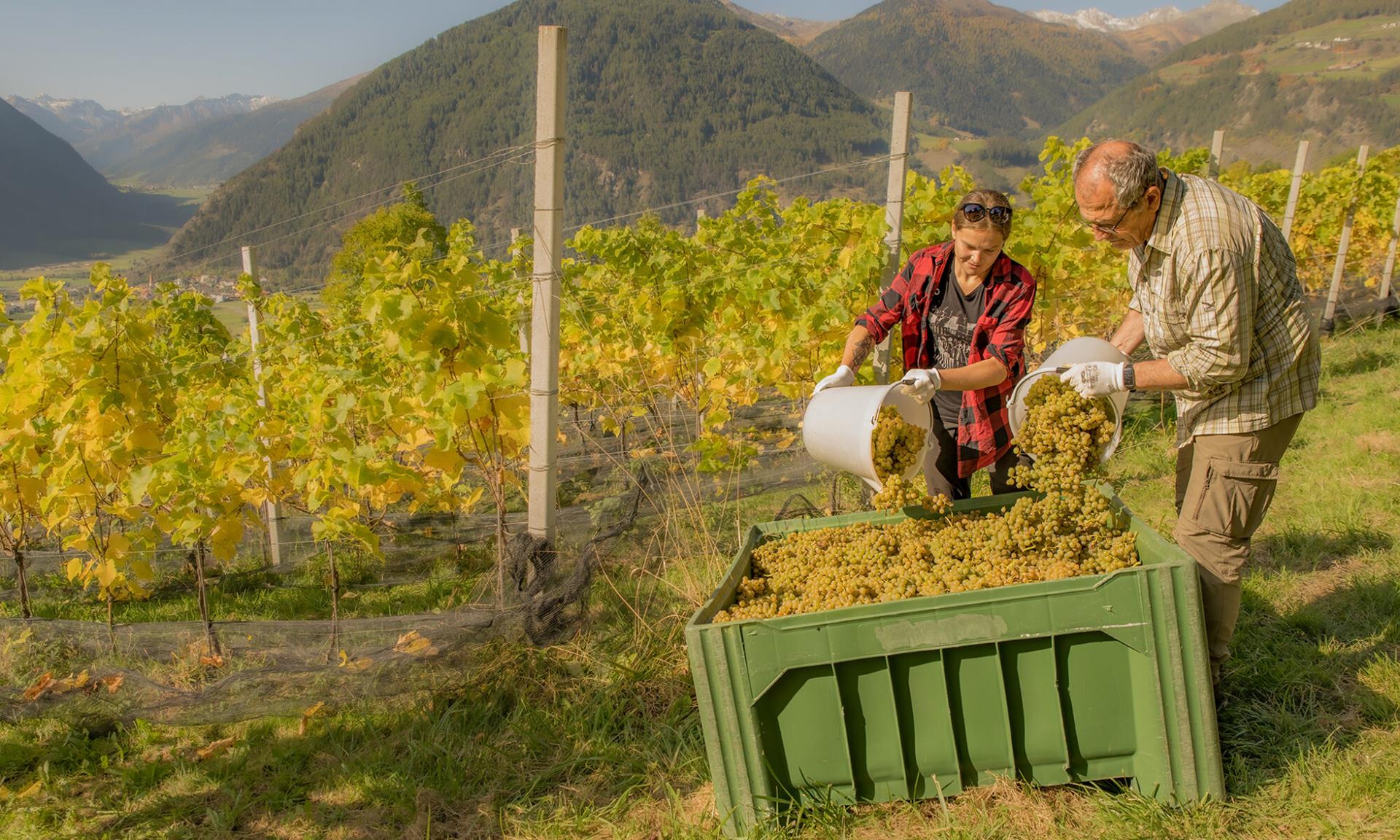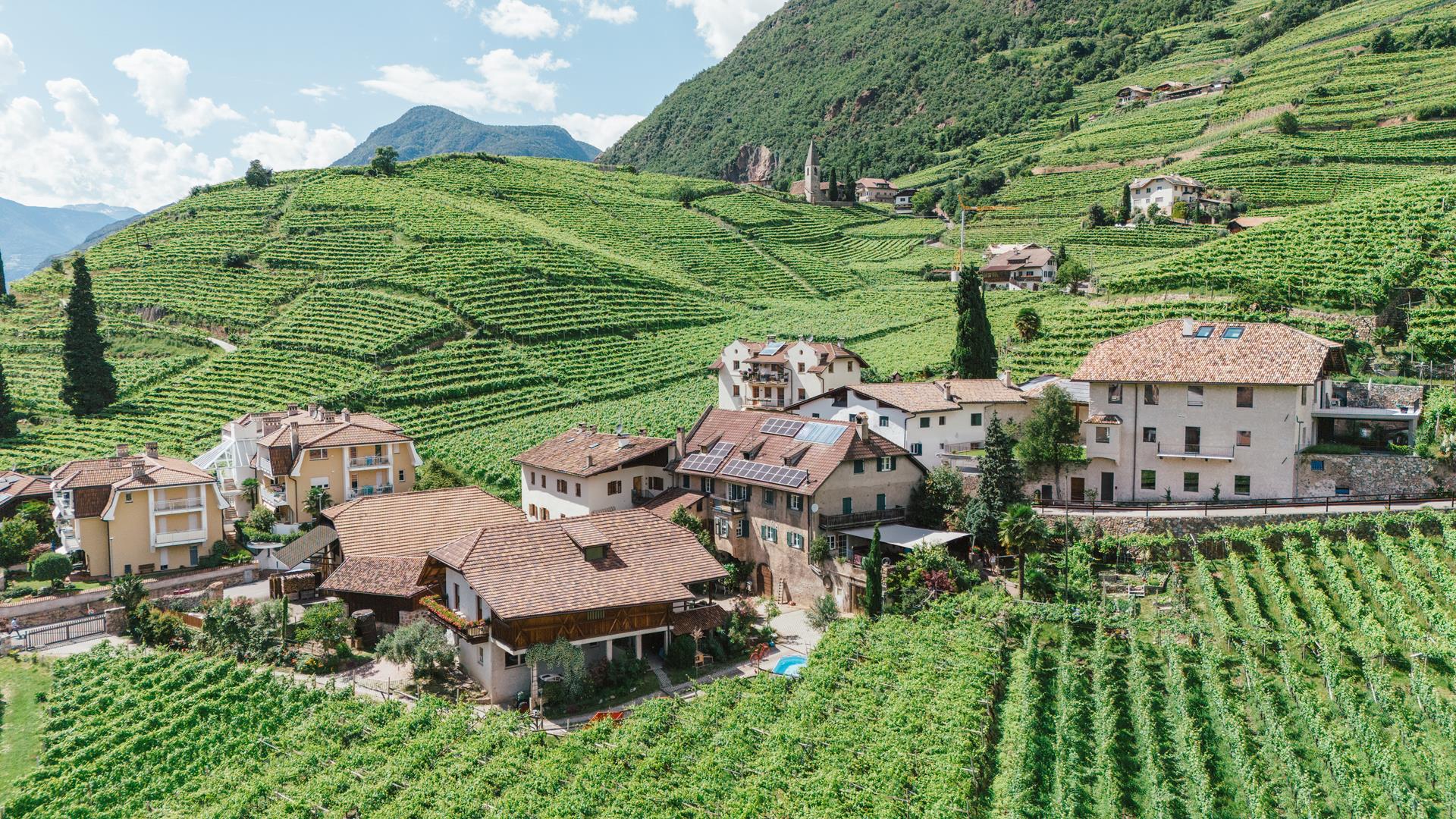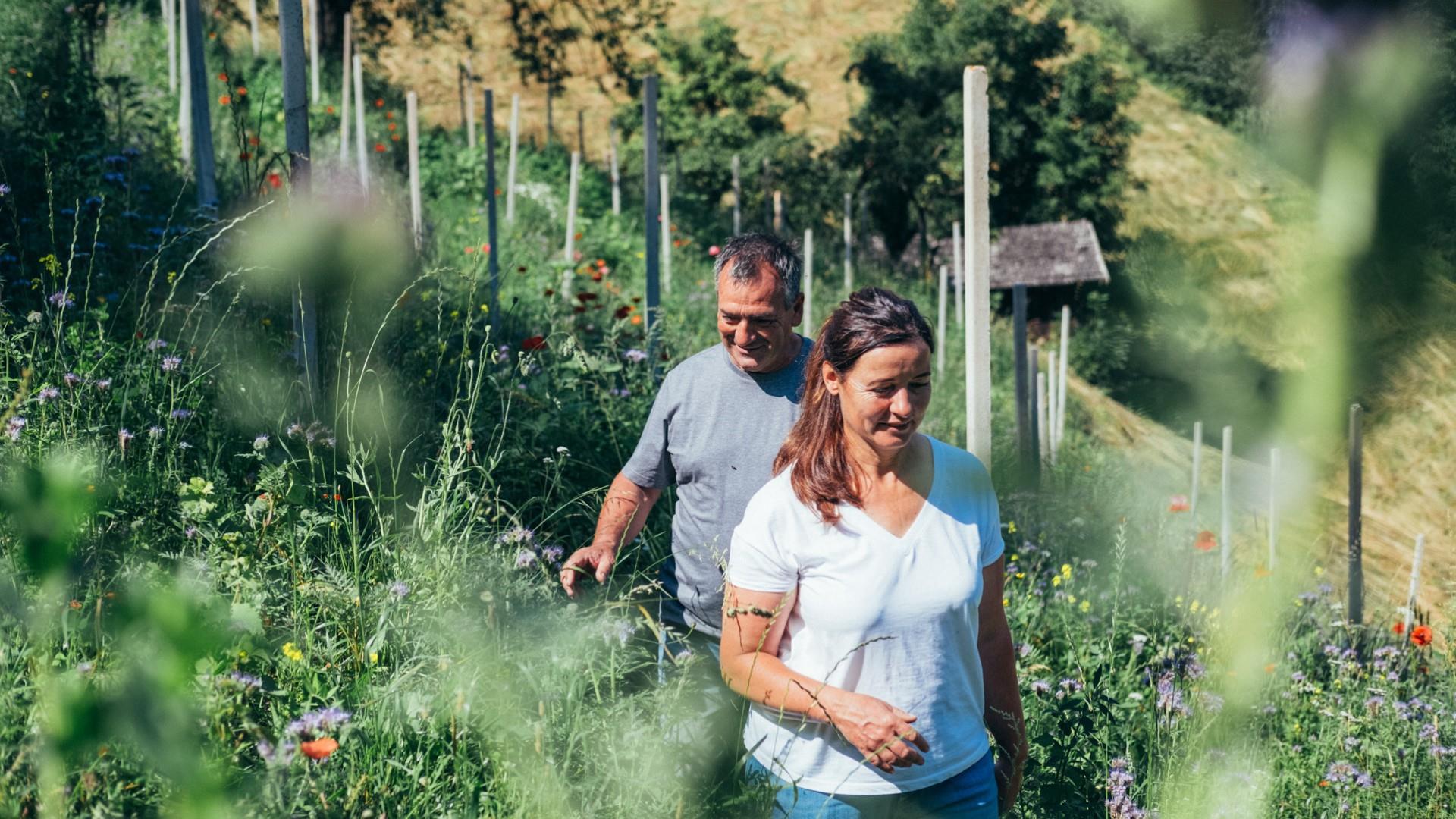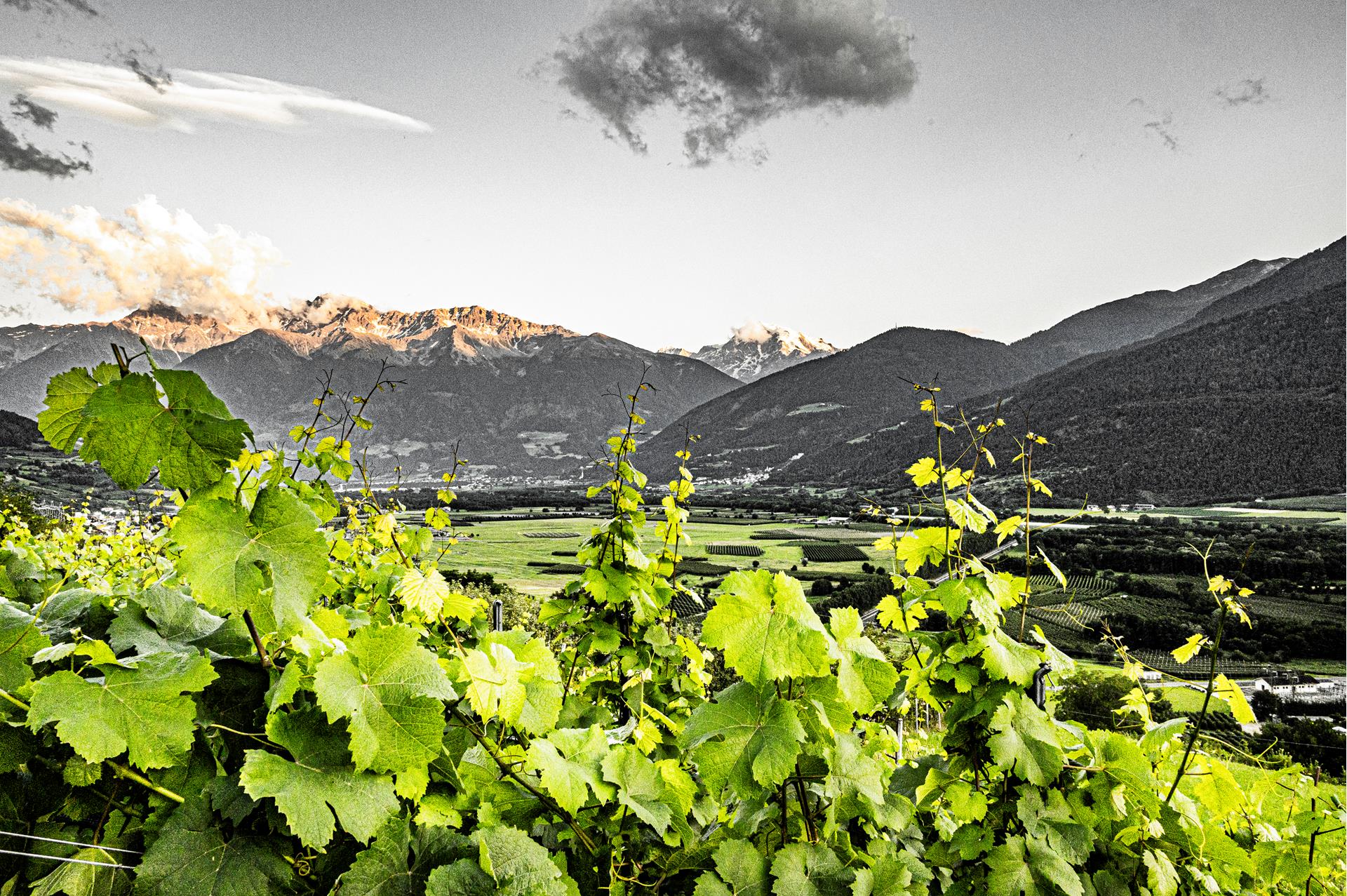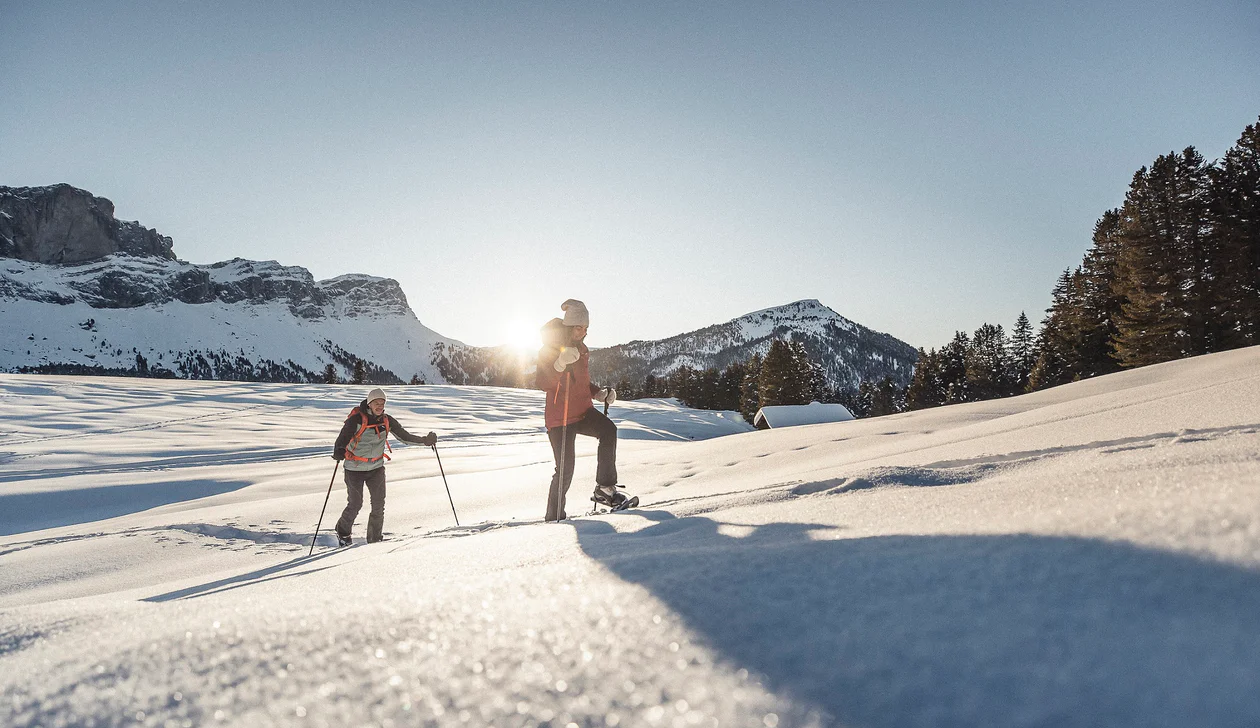VinVentum is a story of passion and dedication – told by a father-daughter duo. Stefan brings deep knowledge and years of experience with the terroir, while Julia contributes fresh ideas and a modern perspective. Together they tend their vines with care, respect, and genuine craftsmanship. The name says it all: Vin stands for wine, Ventum for the wind – a constant companion that shapes the microclimate and strengthens the vines. Where alpine freshness meets Mediterranean warmth, a single grape variety thrives: Solaris. This rare, resilient grape reflects the extremes of its origin in every bottle – with brilliance, elegance, and depth.
VinVentum stands for careful manual work and organic cultivation without machines. Natural herbal teas support the vines in a living ecosystem of wild herbs, bees, and butterflies. Only limited quantities of 100% Solaris wines are gently processed each year so that the terroir, altitude, and wind are clearly perceptible in the wine – as well as the love contained in every bottle. Or as Stefan and Julia themselves say: “We don’t follow trends – we follow the rhythm of nature.” And you can taste it. Every bottle of VinVentum is an expression of their alpine homeland: clear, distinctive, and quietly powerful.

